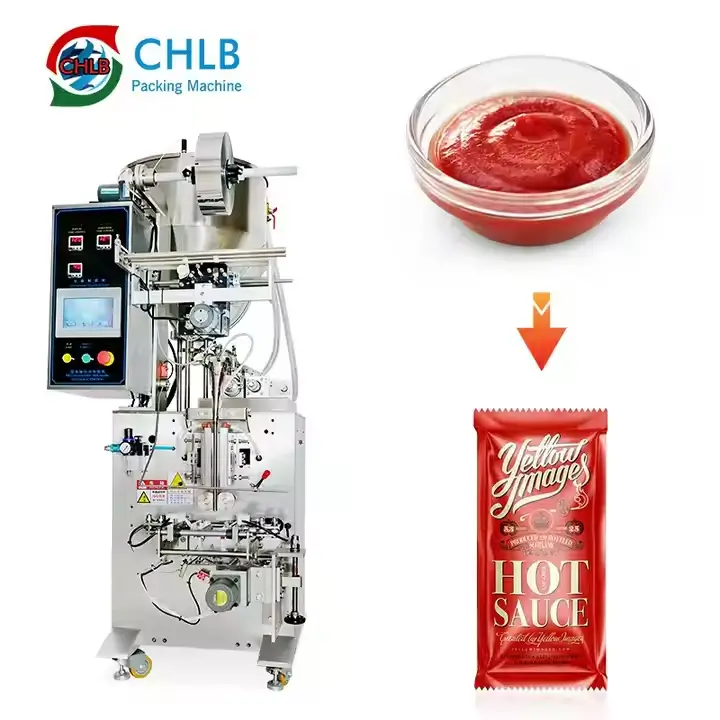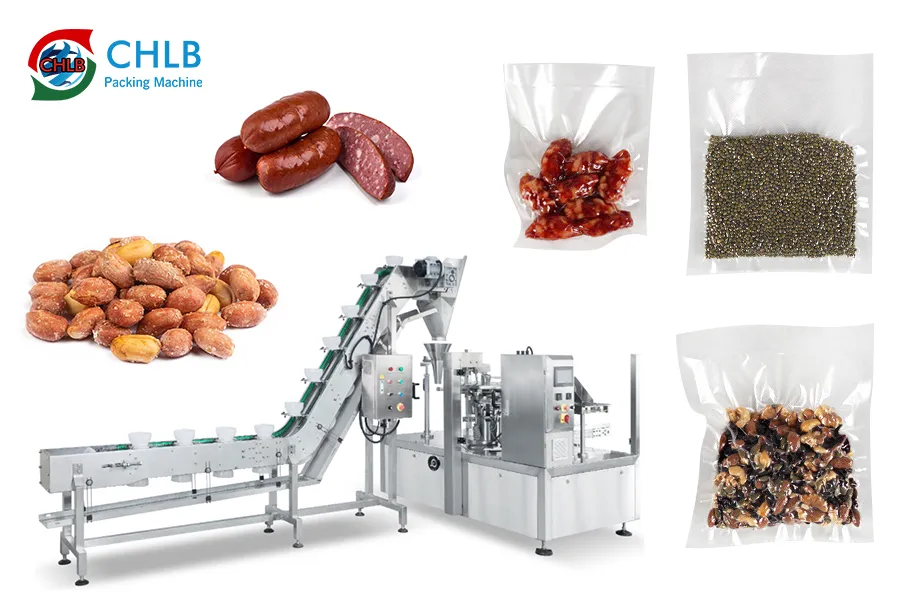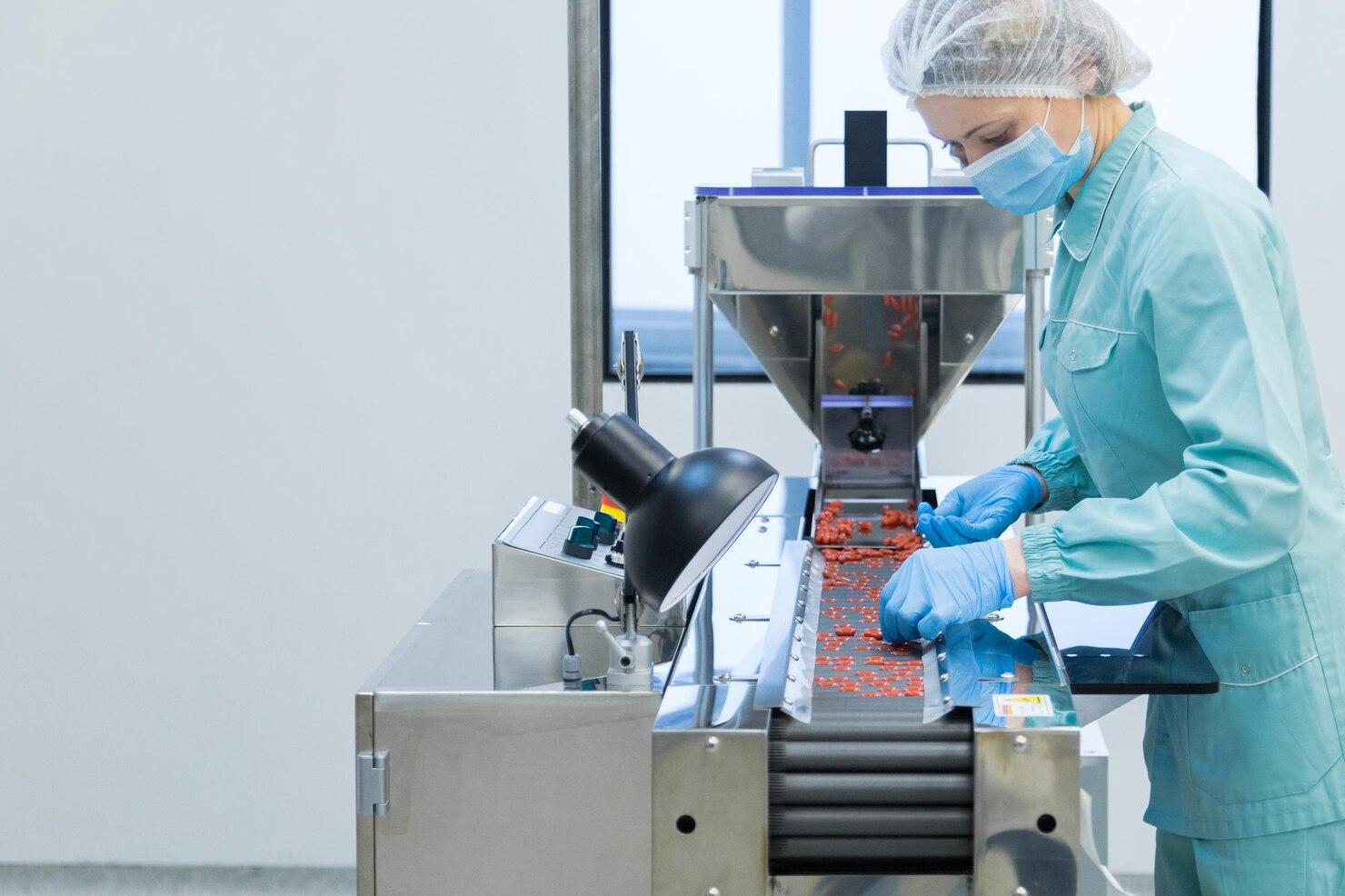あなたが食通であるかどうか, 中小企業のオーナー, またはただ好奇心が強い, ソースがどのようにパッケージ化されているかを理解することは、ゲームチェンジャーになる可能性があります. ソースパッケージを、お気に入りのフレーバーを新鮮ですばらしいものに保つ保護装甲と考えてください. このガイドでは, 一般的なタイプのソースとそれらのユニークなパッケージングのニーズを探ります, さまざまなパッケージ形式に飛び込みます, ソースポーチパッキングマシンを壊してください。. 生意気にしましょう!
一般的なタイプのソース & 彼らのパッケージングのニーズ
ソース 多くの料理の重要な部分です, フレーバーの追加, テクスチャ, そして料理の豊かさ. しかし、非常に多くの異なる種類のソースがあります, 最適なストレージと保存を確保するために、彼らのユニークなパッケージのニーズを理解することが重要です.
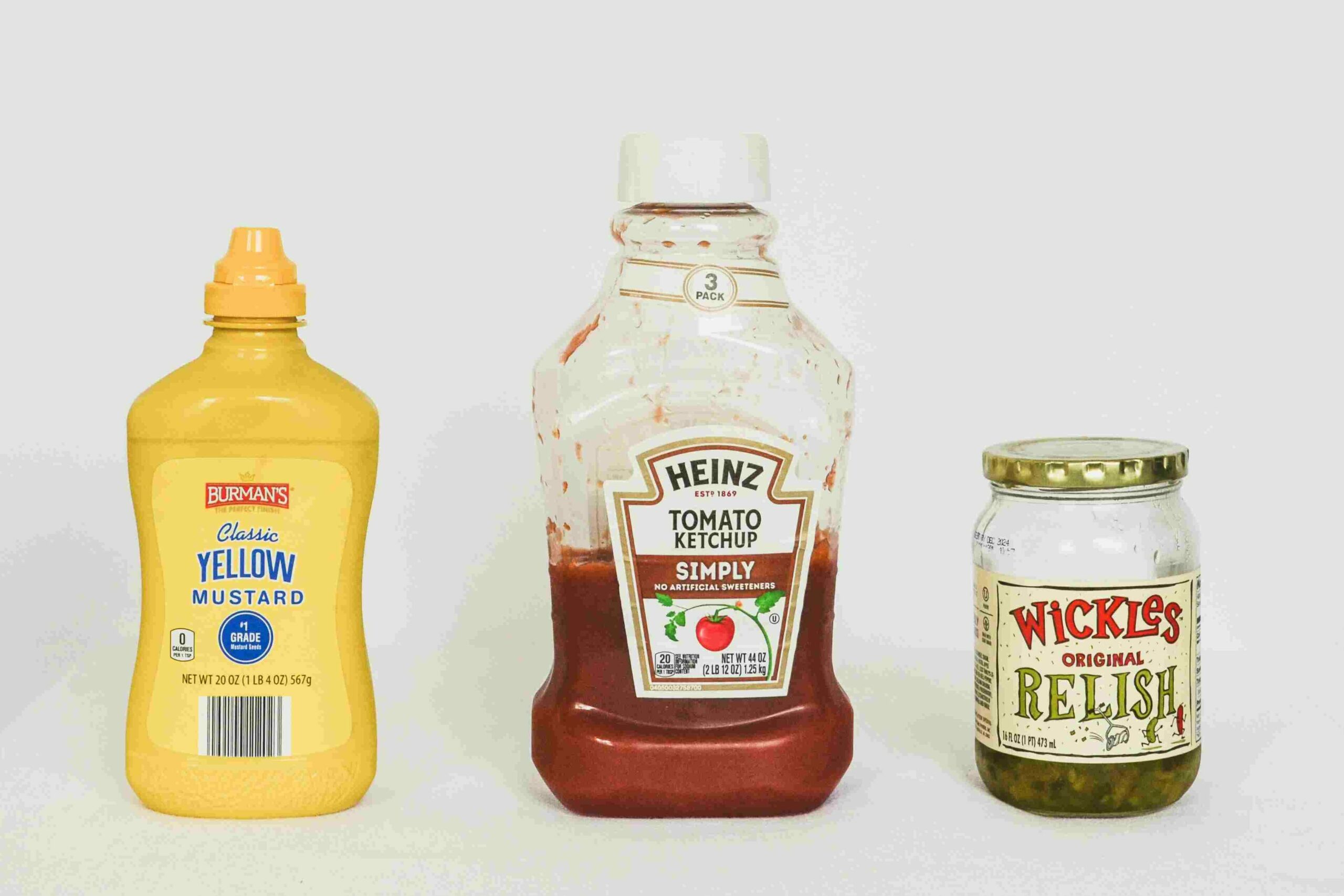
1. ケチャップ
ケチャップパッケージは通常、簡単な分配を必要とします, これが、スクイーズトップやポーチのあるボトルがとても人気がある理由です. ボトルは、古典的な外観と良い棚の安定性を提供します, ポーチは利便性と軽量の携帯性を提供しますが.
重要なパッケージの考慮事項:
- シール: 漏れを防ぎ、新鮮さを維持するには、ぴったりのふたやねじの上部が不可欠です.
- サイズ: ケチャップは、個人や家庭のニーズに合わせてさまざまなサイズで利用できることがよくあります.
- 形: スクイーズボトルは、簡単に調剤するために好まれます, ガラス瓶は注ぐためにより広い口を提供するかもしれませんが.
2. 私はソースです
私はソースです, アジア料理で使用される発酵調味, aが必要です 暗い, 気密容器 その繊細な風味を保護し、酸化を防ぐため.
重要なパッケージの考慮事項:
- 材料: タイトなシールが付いたガラス瓶またはプラスチック容器が一般的に使用されます.
- 色: 暗いガラスまたは不透明なプラスチックは、光をブロックするのに役立ちます, ソースの品質を低下させることができます.
- サイズ: 醤油はしばしば小さなボトルから大きな水差しまでさまざまなサイズで販売されています.
3. サラダドレッシング
サラダドレッシング, 多様な範囲のエマルジョン, 通常、材料を保護し、簡単に注ぐことができるパッケージが必要です.
重要なパッケージの考慮事項:
- 材料: ガラス瓶, ペットボトル, またはポーチが一般的です.
- シール: 漏れを防ぎ、新鮮さを維持するには、ぴったりのふたや注ぎの噴出が不可欠です.
- ストレージ: ドレッシングは、多くの場合、冷蔵セクションで販売されます, したがって、パッケージングはコールドストレージに適している必要があります.
4. ホットソース
ホットソース, 彼らのスパイシーなフレーバーが特徴です, 高い酸性度と刺激的なアロマに耐えることができるパッケージが必要です.
重要なパッケージの考慮事項:
- 材料: ガラスボトルまたはプラスチックスクイーズボトルは一般的な選択肢です.
- シール: 漏れや蒸発を防ぐためには、ぴったりのふたやキャップが重要です.
- 形: 絞りボトルは、制御された分配を可能にします, ガラス瓶は注ぐためにより広い口を提供するかもしれませんが.
5. ソースフォルダー
パスタソース, 多くの場合、トマトとハーブが含まれています, 風味と色を保持するパッケージが必要です.
重要なパッケージの考慮事項:
- 材料: ガラスジャーまたはプラスチック容器が一般的に使用されます.
- シール: 漏れを防ぎ、新鮮さを維持するには、ぴったりのふたやキャップが不可欠です.
- ストレージ: パスタソースは通常、室温で保管されます, ただし、オープニング後は冷蔵をお勧めします.
6. 専門ソース
特殊ソース(バーベキューやティヤキなど)には、多くの場合、独自の要件があります. これらのソースは粘度が大きく異なる場合があります, したがって、パッケージはそれに対応する必要があります. この柔軟性は、それらが分配されて楽しんでいる方法に大きな違いを生むことができます.
重要なパッケージの考慮事項:
- 材料: 材料の選択は、ソースの一貫性に依存します, 酸度, および使用する使用.
- シール: 漏れを防ぎ、新鮮さを維持するには、ぴったりのふたやキャップが不可欠です.
- サイズと形状: パッケージングは、意図したボリュームとソースの種類に適している必要があります.
5 ソースのパッケージの種類
1. ポーチ
ポーチは軽量です, スペース節約, 信じられないほど多用途です. シングルサービングからバルクパッケージまで、すべてに最適です, また、従来の容器よりも少ない材料を使用することが多いため、持続可能なソースパッケージにも最適です.
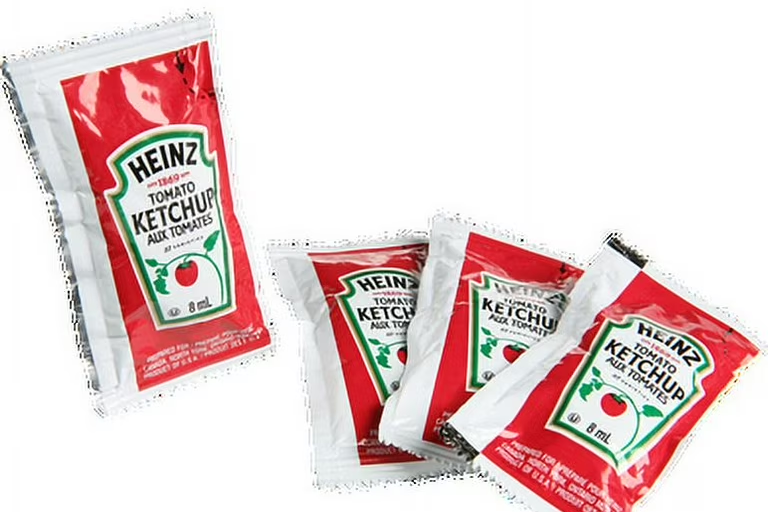
2. ボトル
ボトルは、ソースの古典的な選択です. ガラスであろうとプラスチックであろうと, 彼らは空気と光に対するしっかりした障壁を提供します, ソースを新鮮に保ちます. プラス, 彼らはブランドの美学を高めることができるさまざまなデザインを持っています.
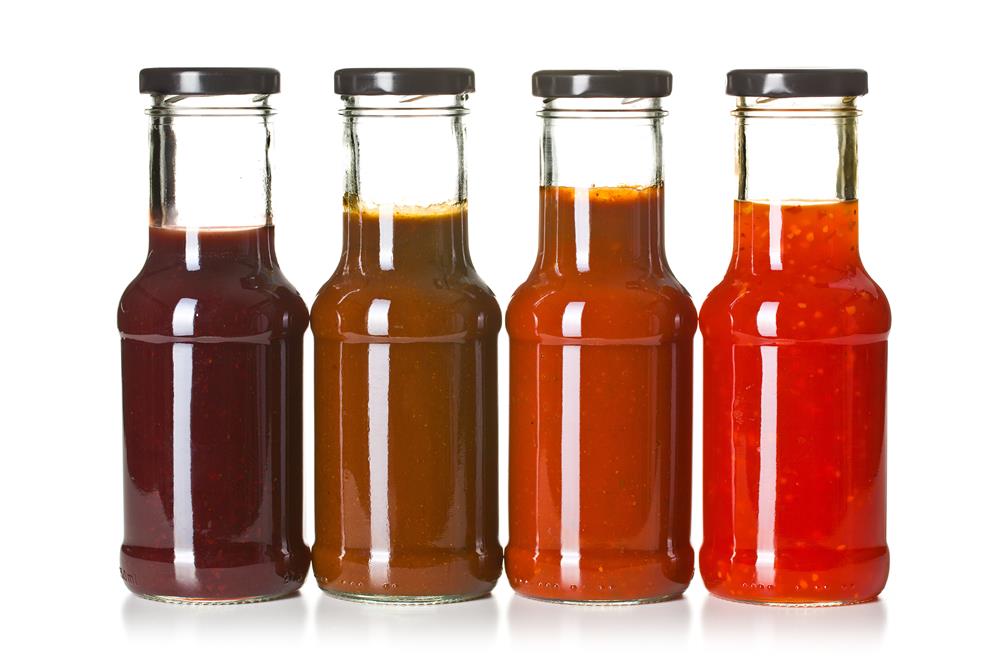
3. 瓶
瓶はノスタルジックなタッチを提供し、マリナラやペストのような厚いソースに最適です. 彼らの広い開口部により、それらを簡単に満たして分配します, しかし、それらは重くなり、より多くのスペースを占有することができます.
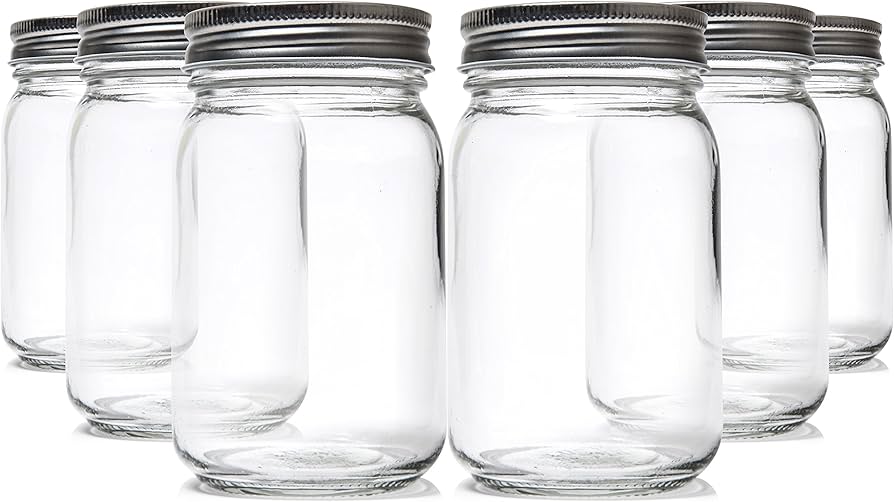
4. 缶
缶はソースではあまり一般的ではありませんが、棚安定オプションに最適です. 彼らは光と空気からの優れた保護を提供します, 長寿を確保します.
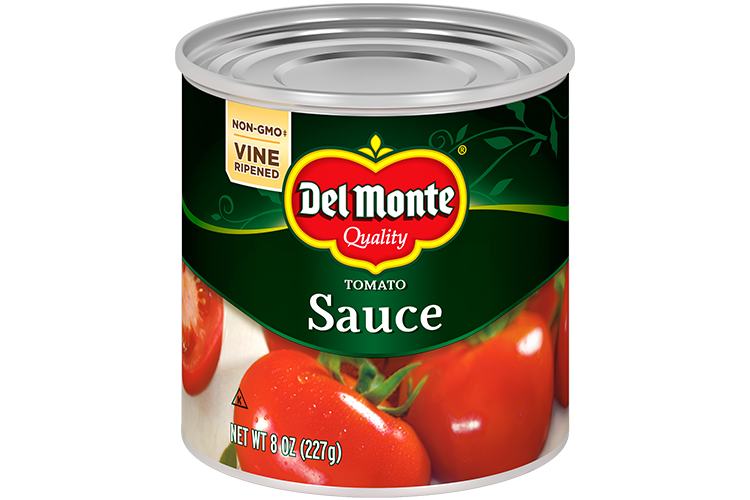
5. 浴槽とカップ
浴槽とカップは、ソースを提供するのに最適です, 特にテイクアウトやケータリング用. 彼らは便利で、しばしば蓋が付いています, ディップやドレッシングのお気に入りにします.
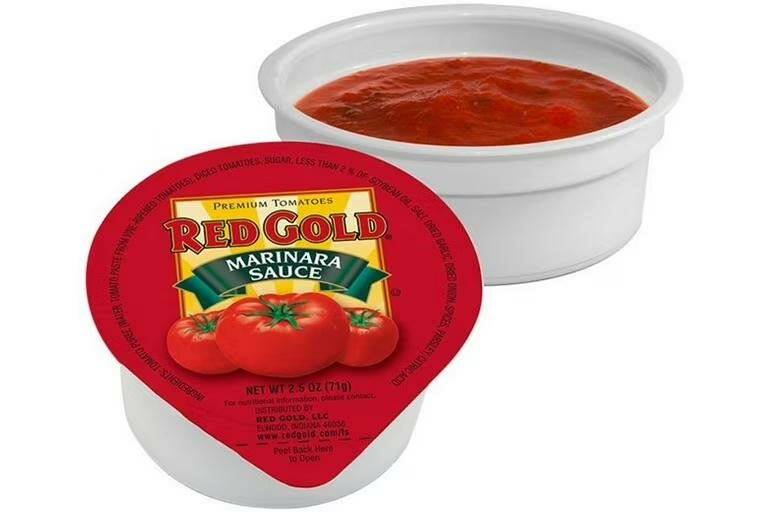
3 ソースパッケージマシンの種類
ソースパッケージの多様なニーズを満たすため, 充填およびシーリングプロセスの効率と精度を確保するために、いくつかの専門マシンが開発されました. ここに3つの一般的なタイプがあります:
縦型フォームフィルシール機 (VFFS)
VFFSマシン 多用途で効率的です, プラスチックのような柔軟な素材から多種多様な既製のポーチを生産することができます, ホイル, と紙. 彼らは映画の連続したチューブを形成することで働きます, 希望のソースでそれを満たします, そして、それを密封して個々のポーチを作成します.
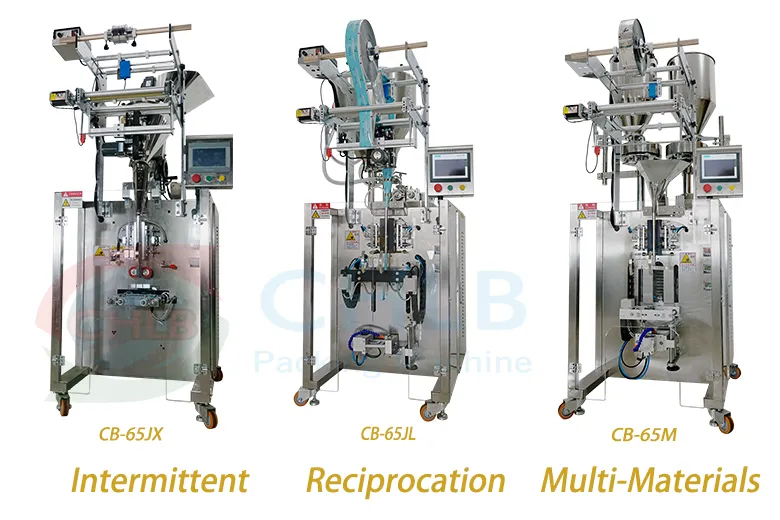
利点:
- 高速: VFFSマシンは、高い生産率を達成できます, 大規模な梱包作業に適しています。.
- さまざまなポーチ: さまざまなポーチサイズと形状を作成できます, さまざまなソースの量に対応します.
- 費用対効果の高い: VFFSマシンは、パフォーマンスと手頃な価格のバランスを提供します.
ソースポーチ充填機
ソースポーチパッキングマシン 既製のポーチにソースを埋めるように設計されています. それらは通常、プラスチックのような材料で作られた柔軟なポーチに使用されます, アルミニウム, またはラミネート.
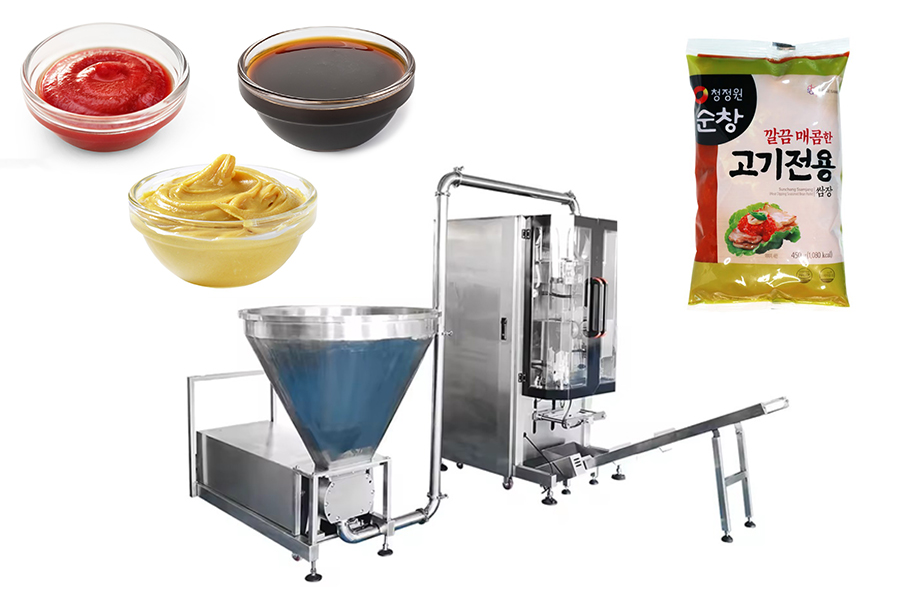
利点:
- 正確な詰め物: 彼らは正確な充填制御を提供します, 廃棄物を最小限に抑え、各ポーチの一貫性を確保します.
- さまざまなポーチサイズ: 幅広いポーチサイズを処理できます, さまざまなソースボリュームに対応します.
- 簡単な統合: ソースポーチパッケージは、他のパッケージ装置と統合できます, 全体的なプロセスを合理化します.
ソースボトル充填機
ソースボトル充填機 ソースをグラスまたはペットボトルに充填するために設計されています. 自動充填などのさまざまな機能を提供します, キャッピング, ラベル付け, 効率的で正確なボトルパッケージを確保します.
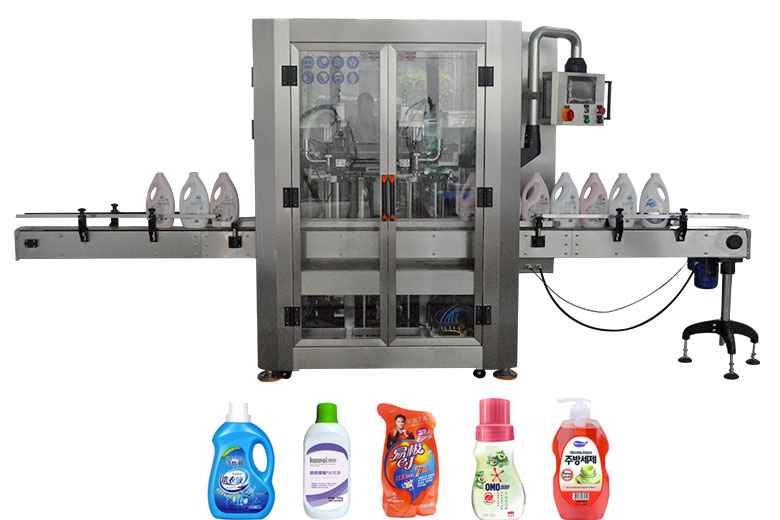
利点:
- 高速: 彼らは高速でボトルを満たすことができます, 生産効率の向上.
- 正確な詰め物: 正確な充填レベルを提供します, 無駄を最小限に抑え、一貫した製品品質を確保します.
- さまざまなボトルサイズ: さまざまなボトルのサイズと形状を処理できます, さまざまなソースボリュームに対応します.
パッケージングマシンで考慮すべき重要な機能
適切なソースパッケージングマシンを選択することは重要な決定です, 効率に直接影響するためです, 正確さ, および全体的な生産出力. 考慮すべき重要な機能をいくつか紹介します:
自動化レベル
パッケージングマシンの自動化のレベルは、操作に大きな影響を与える可能性があります. 完全に自動化されたマシンは非常に効率的です, 最小限の人間の介入で充填から封印まですべてを処理する. 大量生産に最適です, 一貫した結果を確保し、人件費を削減します. 半自動オプション, 一方で, 手動入力が必要になる場合があります, より大きな柔軟性を提供しますが、速度と一貫性を犠牲にする可能性があります. あなたの操作に最適な自動化のレベルを決定するとき、あなたの生産ニーズと予算を慎重に評価します.
充填精度
製品の品質を維持し、廃棄物を最小化するためには、正確な充填が不可欠です. 高品質のソースパッケージマシンは、すべてのボトルまたはポーチが正確な量の製品を受け取ることを保証します, 矛盾を排除し、顧客満足度を確保します. 正確な重量センサーなどの機能を備えたマシンを探してください, 体積充填システム, およびリーク検出メカニズム, 粘度に関係なく、正確な充填を保証します, 温度, またはコンテナサイズ.
スピードと効率
時間はパッケージングの世界のお金です. マシンの速度と効率は、生産能力に直接影響を与えます. マシンが処理できる1分あたりのユニットの数を検討し、目的の出力と整列することを確認してください. 高速充填ヘッドなどの機能を備えたマシンを探してください, スムーズなコンベアシステム, 品質を損なうことなく生産スループットを最大化するための自動シーリングメカニズム.
材質の適合性
異なる包装材料には、異なる取り扱いメカニズムが必要です. 選択したマシンが使用する予定の材料と互換性があることを確認してください, ポーチかどうか, ボトル, または瓶. 材料給餌を正確に制御できるようにする調整可能な設定を備えたマシンを探してください, 封印, とハンドリング, 選択したパッケージング素材に関係なく、スムーズで効率的な操作を確保する.
ソースパッケージの将来の傾向
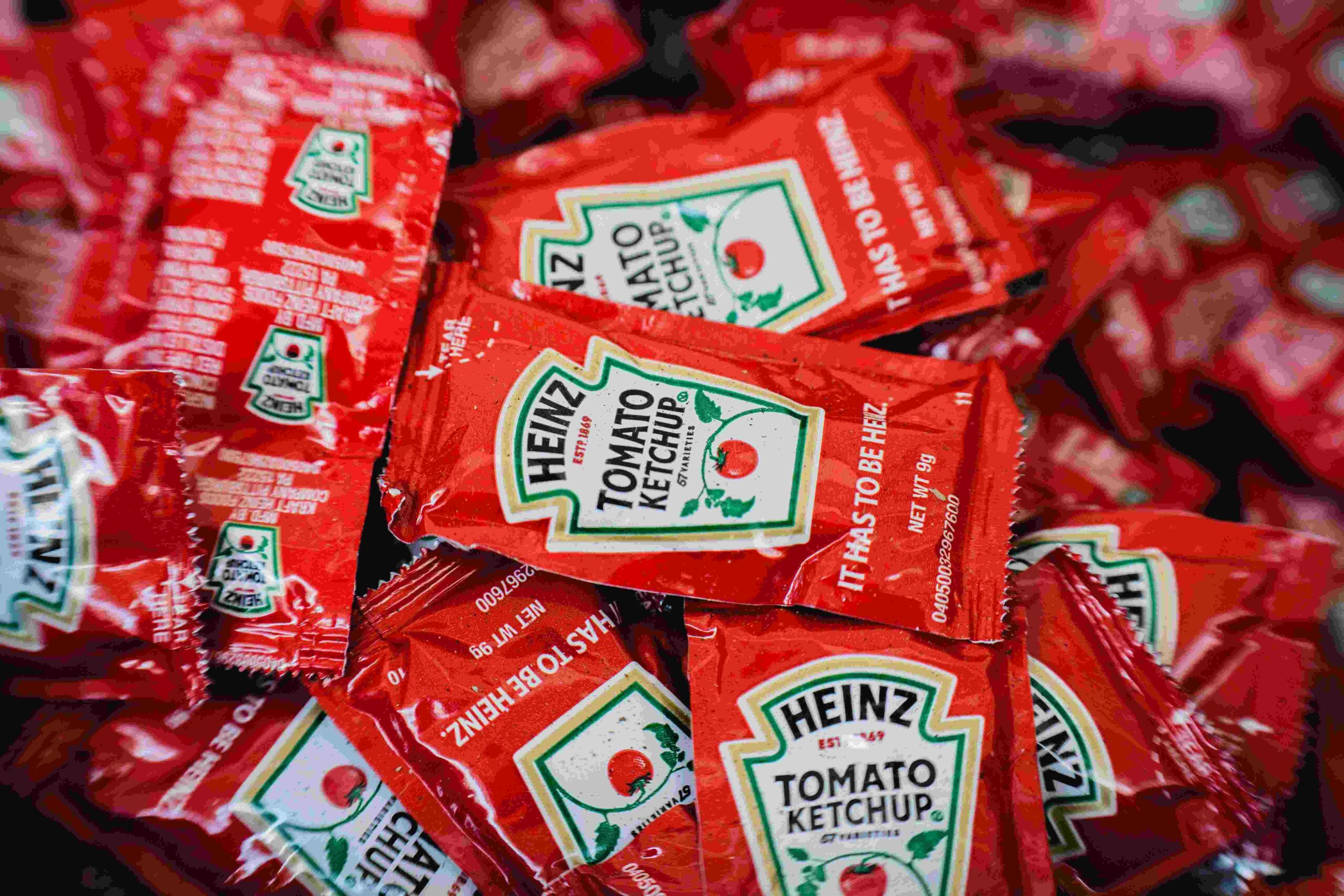
消費者がますます環境に配慮するようになるにつれて, の需要 持続可能なソースパッケージ 急上昇しています. ブランドは、二酸化炭素排出量を最小限に抑えるための革新的な方法を積極的に求めています, 多くの場合、時間の経過とともに自然に分解する生分解性材料の採用が含まれます. このシフトは単なる材料だけではありません; また、パッケージのサイズを再考することでもあります. 余分なパッケージを減らすことにより, 企業は、廃棄物と輸送の排出を削減できます. さらに, パッケージングテクノロジーの進歩は、よりスマートなソリューションへの道を開いています, 詰め替え可能なポーチや堆肥化可能な容器など. これらのイノベーションは、環境に志向の消費者にアピールするだけでなく、ブランドを地球の責任あるスチュワードとして位置づけています, 全体的な市場性を向上させます.
結論
ソースとそれらを促進するマシンのパッケージの種類を理解することで、生産者と消費者にすべての違いを生むことができます. ポーチからボトルやそれぞれのために設計されたマシンまでの範囲のオプションがあります, すべてのソース愛好家のための解決策があります. それで, 独自のソースラインを起動する予定か、単に詳細を知りたいかどうか, このガイドで説明します!
よくある質問
- さまざまな種類のソースに最適なパッケージングオプションは何ですか? ソースに依存します! ポーチは便利なものに最適です, ボトルはケチャップのような調味料に適していますが. 瓶はパスタソースのような厚いソースに最適です.
- ソースパッケージのニーズに合った適切なマシンを決定するにはどうすればよいですか? 生産量を評価する, 望ましいパッケージングタイプ, と予算. これらの基準に適合する研究機, 自動化と効率に焦点を当てています.
- ソースパッケージマシンに必要なメンテナンス? 定期的な清掃, 可動部品の潤滑, 摩耗や裂け目の検査は、マシンをスムーズに動作させるために不可欠です.
- 利用可能な環境に優しいパッケージソリューションはありますか? 絶対に! 多くのブランドが、持続可能なソースパッケージを促進するために、生分解性材料とリサイクル可能なパッケージングオプションを模索しています.
- パッケージングは、ソースの貯蔵寿命にどのように影響しますか? 適切なパッケージングは、空気や軽い露出を防ぐのに役立ちます, ソースを台無しにすることができます. 高品質の使用, 気密材料は、新鮮さと風味を広げます.

